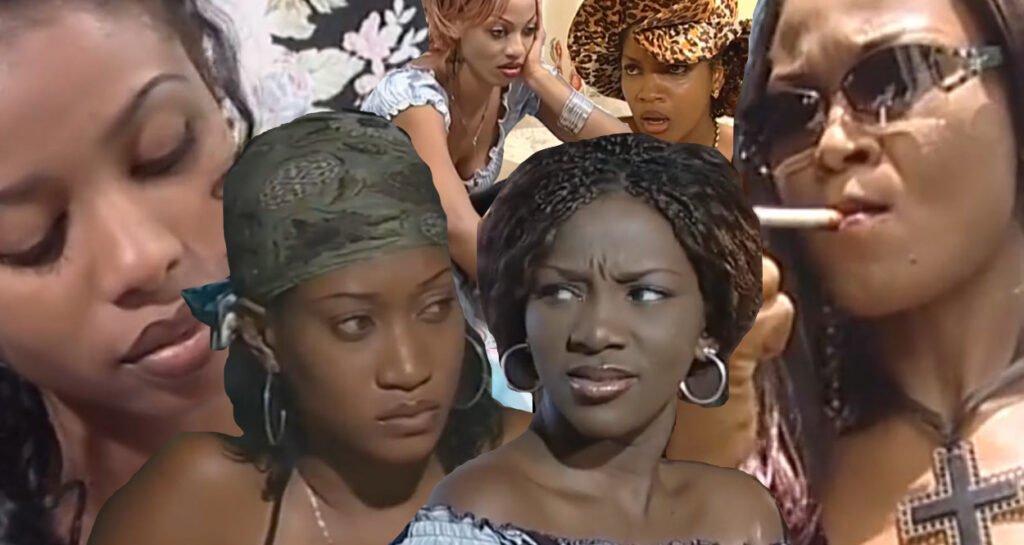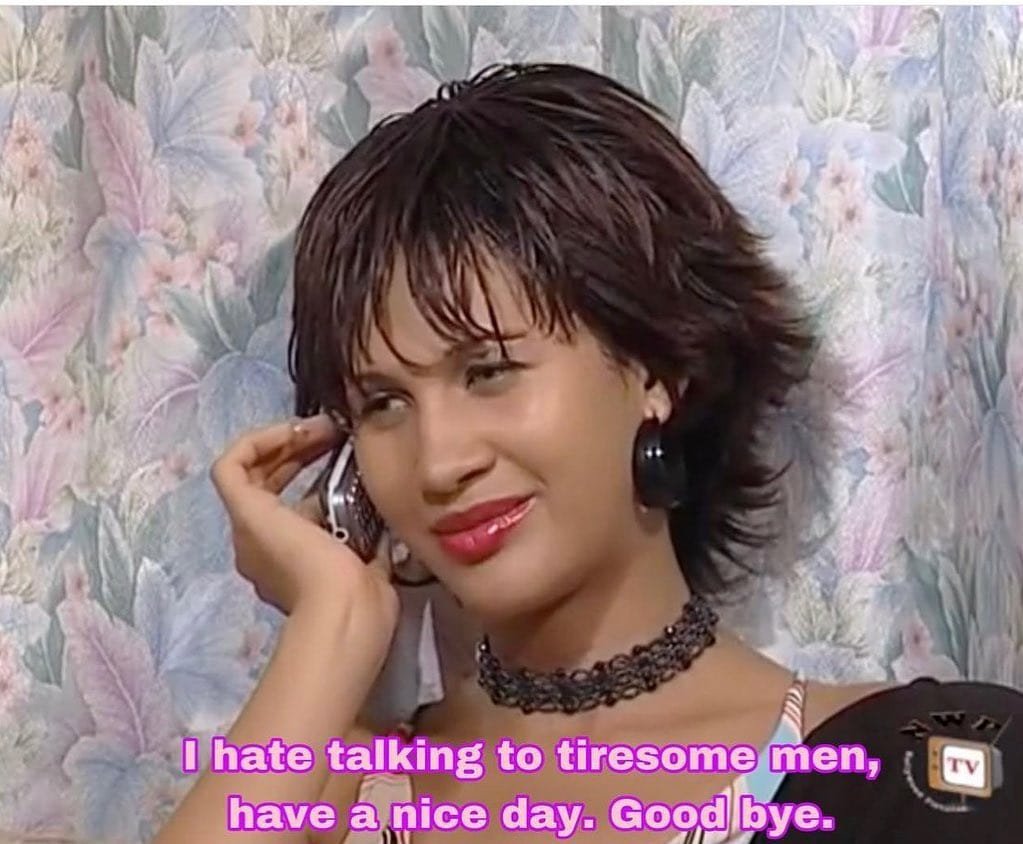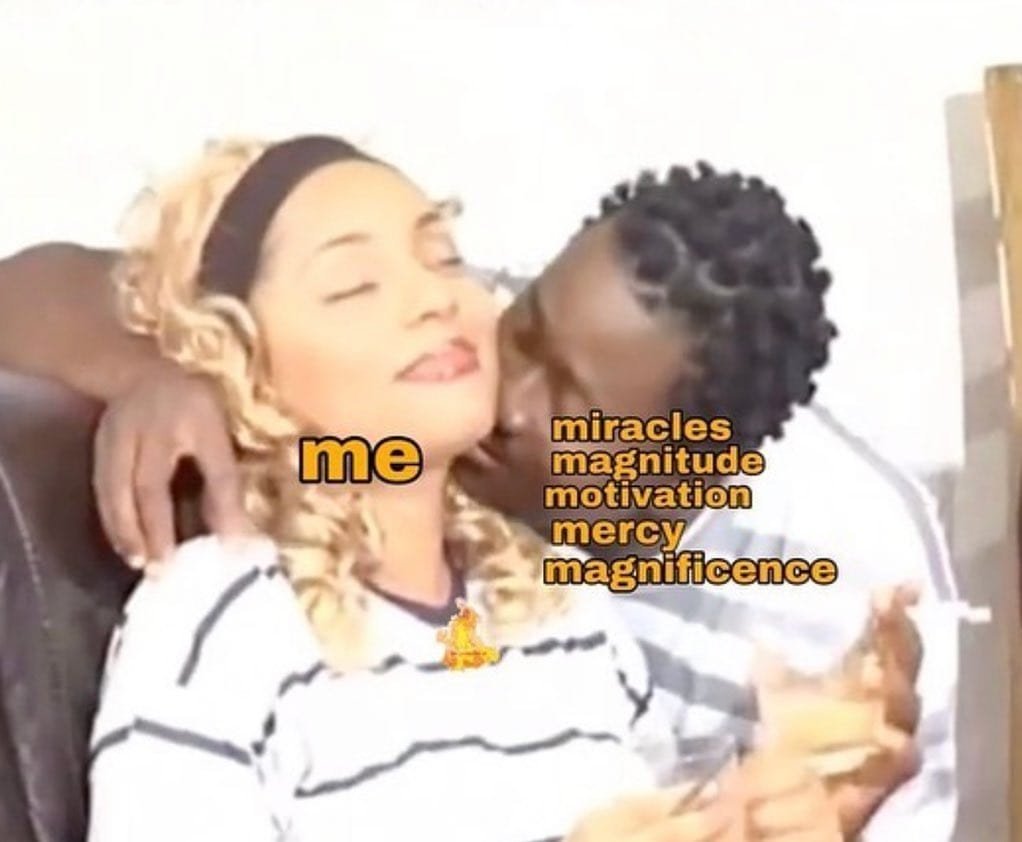Nollywood’s Rise to Sensational Meme Culture


It is not discussed as often, but is there a chance Nollywood’s meme culture may have increased global interest in African cinema?
As a passive observer, I cannot help but draw attention to the impressive feat Nollywood has achieved over the years. Admittedly, Nigeria’s film industry, Nollywood, has grown to become one of the largest film industries in the world, rivalling Hollywood and Bollywood. From its humble beginnings in the late 1990s to its global impact today, Nollywood has significantly influenced pop culture. Among its many contributions, one phenomenon shines brightly in the digital age: the rise of Nollywood-inspired meme culture.
This two-part series examines Nollywood’s evolution, its cinematic depiction of Nigeria from the late 1990s to the 2010s, and how this storytelling has influenced (and been influenced by) meme culture in the internet era.
The Emergence of Nollywood in the Late 1990s
In the late 1990s, Nollywood emerged as a new voice in global cinema. Driven by the boom of home video technology and affordable production equipment, the industry flourished despite minimal government support. Films like Living in Bondage (1992), Glamour Girls (1994), and Karishika (1996) became cultural phenomena, blending traditional folklore with contemporary challenges.
Central to these films was their raw portrayal of Nigerian society: stories of betrayal, ambition, and the supernatural. Themes such as poverty, spiritual warfare, and class struggles resonated deeply with audiences. Though some criticized the films for their low-budget effects and over-the-top acting, they struck a chord that transcended Nigeria’s borders.


Key Timeline Highlights:
Living in Bondage popularised themes of greed and the consequences of seeking wealth through dark means, birthing an iconic cinematic trope.
The 2000s: Rise of Sensational Storytelling
The 2000s marked Nollywood’s golden age. Directors like Tunde Kelani and Kunle Afolayan raised production quality while storylines became increasingly ambitious. Films from this era often exaggerated societal realities, creating a brand of melodrama that critics called “sensational.” However, this over-the-top style became part of Nollywood’s charm.
Movies like Osuofia in London (2003) blended comedy with diasporic experiences, while The Figurine (2009) ventured into supernatural thriller territory. Meanwhile, the portrayal of Nigerian societal dynamics, particularly family drama and gender roles, gave international audiences an intimate glimpse into the country’s cultural fabric.
Comedic actors like Nkem Owoh (Osuofia in London) and Patience Ozokwor (Mama G) became meme icons thanks to their expressive performances and quotable lines.









The Digital Revolution and the Meme Explosion
By the 2010s, social media platforms like Twitter, Instagram, and Facebook were redefining how audiences consumed Nollywood content. Clips from classic films were repurposed as memes and GIFs, giving Nollywood a second life online. Notable platforms such as Zikoko.com and Okay Africa were consistent in pushing articles and referencing images from these videos.
True to its nature, meme culture often uses exaggeration, and Nollywood’s expressive acting and unique storylines suit this format. For example, Patience Ozokwor’s fierce monologues and the comedic exchanges between Osita Iheme and Chinedu Ikedieze (Aki and Pawpaw) symbolize African internet humour. However, they exemplify the average Nigerian discourse, which can be described but served and experienced.
These memes transcended Nigerian borders, resonating with African diasporas and introducing Nollywood to global audiences. Today, Nollywood memes convey universal emotions, including shock, joy, sarcasm, and more.

Evidence:
The “You think you’re wise?” meme, derived from Osita Iheme, has over a million appearances on Twitter alone. GIFs of Nkem Owoh’s confused expressions or Patience Ozokwor’s stern warnings frequently trend during global events.
Conclusion
Nollywood’s evolution from a grassroots movement to a global cultural powerhouse exemplifies its resilience and creativity. Its dramatic storytelling and unforgettable characters have influenced African cinema and global meme culture.
Stay connected. I’ll share more on Nollywood, African cinema and Sarauta. In part 2, I’ll explore the lasting impact of Nollywood memes, how they’ve redefined global perceptions of African culture, and their role in the new era of digital storytelling.

